Jaguar XF diesel prototype – Click above for high-res image gallery
Jaguar has prodigious plans for its revival, but laying blueprints on a table is effortless; anyone with a pencil and some 20-lb paper stock can do it. Eventually, you've got to show us what you've got. Paul Alcock, project manager of the XF, said "the most significant change in 2012" is the addition of the 2.2-liter diesel to that line, and the engine is joined by tech like Intelligent Stop/Start, an eight-speed ZF transmission with drive-disconnect, and aero improvements honed by computational fluid dynamics.
We'll truly know how they perform when we can live with them in our driveways, but the initial report is promising they deliver on the kinds of supplemental, foreground technologies we have been waiting for from the kind of company that could introduce the first aluminum monocoque bodyshell (a different concept than the Audi Space Frame from 1997) and first dual-view screen. Continue reading...
The Powertrains
Obviously, it is the most efficient Jaguar engine ever.
The AJ-i4D is the third generation of the DW12, a four-cylinder first developed by Peugeot/Citroën and used in the 607 and C5 in 2000, then redeveloped with Ford and installed transversely into the Freelander in 2006. This latest deployment further reworks the design for longitudinal placement in the 2012 XF.
The specs: 187 horsepower, 332 pound-feet of torque, 0-to-60 miles per hour in eight seconds, a top speed of 140 mph, 52.3 mpg on the combined European cycle and a CO2 emissions figure comparable to a Lotus Elise. It is, obviously, the most efficient Jaguar engine ever.
Totally re-engineered, items like a modular camshaft that replaces the iron unit have made the engine lighter. Low-friction pistons, low-voltage glow plugs, a water-cooled turbocharger, stainless steel exhaust manifold, and an Exhaust Gas Recirculation (EGR) system with a larger cooling capacity have made it more efficient.
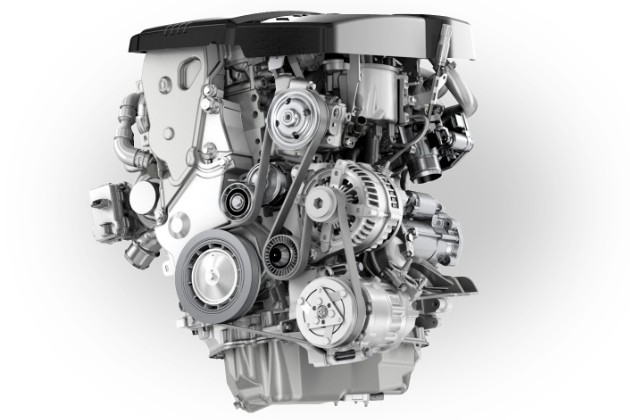
Refinement has also been addressed through new, switchable engine mounts and changes to the block, cylinder heads and rotating components that result in less Noise, Vibration and Harshness. New, quieter fuel injectors are surmounted by additional acoustic layers between the top of the engine and the engine cover, and acoustic layers have been applied to the alternator, turbocharger and starter motor. Even the double-walled sump has an internal, rubber sound-deadening layer, and the front timing cover is hushed with an internal honeycomb structure. Alcock said the i4D has manners as good as the discontinued 2.7-litre AJ-V6D.
Eighth-to-second-gear downshifts are possible "in extreme circumstances" via paddleshifters.
China's diesel offering (as well as being in the UK and other markets) is the 3.0-liter AJ-V6D with parallel sequential turbocharging that will come in standard and S flavors. The regular lump has 240 hp, 369 lb-ft, gets to 60 mph in 6.8 seconds, maxes out at 149 mph and posts a combined fuel economy rating of 44.8 with CO2 emissions of 169 g/km. In S trim the horsepower runs to 275, torque jumps to 442 lb-ft, the sprint to 60 mph takes 5.9 seconds and the car maxes out at 155 mph.
Both of these engines will also get the brand's new eight-speed transmission, developed by ZF and optimized for the XF, whose increased mechanical efficiency, low torque converter lockup speeds and larger ratio spread will run even more smoothly through low-loss driveline bearings and a revised final-drive ratio. We were told that at highway speeds, the cat will cruise at just 1,500 rpm. In the city, the Transmission Idle Control (TIC) disengages the drive gear when stationary for improved efficiency and better idling performance.
Lighter materials and repackaged gear sets have also allowed the eight-speed to match the weight of the current six-speed automatic used with gas-engined cars in other markets. As well, shift times are quicker, taking just 200 milliseconds, eighth-to-second-gear downshifts are possible "in extreme circumstances" via the wheel-mounted paddleshifters, and Jaguar claims the refinement is best-in-class.
The smaller 2.2-liter diesel is further enhanced with Intelligent Stop/Start, which is enabled in both Drive and Sport and which Jaguar says is made possible by the Hydraulic Impulse Storage (HIS) system fitted to the transmission. When the engine stops, the spring-piston accumulator holds oil pressure steady for the shift elements so that Drive can be accessed in 350 milliseconds. Launch is said to be "40-percent faster than the key competitor" who wasn't named, but can certainly be found yonder German way.
A second battery in the system means the car's passenger-oriented electrical mod-cons won't be interrupted.
The engine will shut down 300 milliseconds after the car comes to a stop, and Jaguar threw a lot of boffin time at the issue of getting it quickly started again in any situation. The Tandem Solenoid Starter (TSS) ignites the engine in less than two compressions, and gets it "running at optimal 'pulling away' speed in less time than it takes for the driver's foot to move between the brake and accelerator pedals."
In the TSS, the starting and motoring functions of the engine are separated, so there's one solenoid to control a pinion restart and another to handle the 'motor on-off' restart. Along with a bi-directional crank sensor and a second battery fitted just for the purpose of restarts, this means the XF system can restart a rotating engine. The aim is to permit "change-of-mind" scenarios when you're coasting to a stop, the engine is spinning at 400 rpm or less, and you release the brake having decided you want to get on the move again.
From about 100 to 400 rpm, the engine uses a motor-then-pinion restart whereby the pinion is accelerated with the starter motor then placed into the moving engine. This takes about 150 milliseconds. From 100 rpm and below, a pinion-then-motor restart is effected, whereby the pinion is engaged with the slow-moving engine and the starter motor is accelerated to get the engine running. This takes about 300 milliseconds.
A green "Eco" indicator in the tachometer appears when the engine comes to a halt, but otherwise the second battery in the system means that the car's passenger-oriented electrical mod-cons won't be interrupted while this is taking place. Even so, you can still disable the system by pressing the Eco button on the center console.
The Really, Really Quick Spin
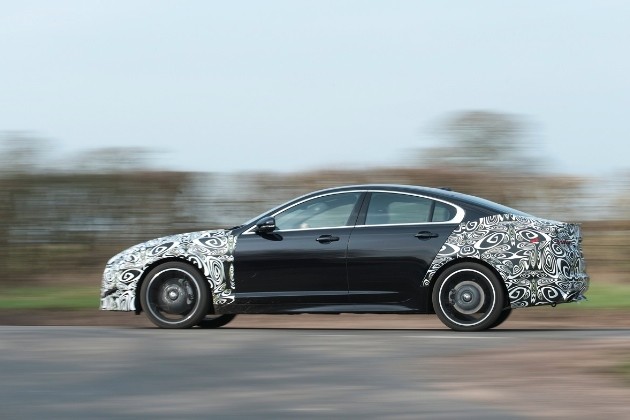
Jaguar lined up a litter of pre-production, 2.2-liter XFs for us to run on a short loop near its Whitley Engineering Center. The sedans were about four steps away from production, so butt-in-seat impressions were necessarily curtailed (e.g., the pre-production seat foam in the cars we drove was hand poured and the right consistency, but the machine-made foam was, at the time of our drive, still coming out too hard and making bums numb).
As to the diesel sensations, first we'll admit we're unrepentant fans of diesel engines, then we'll admit we liked this one a lot. The i4D both pulls away and ushers you to merging speed athletically, its full complement of torque available from 2,000 rpm. It is also balanced and quiet even with the fact that the XF's new exterior design, mathematically honed by hours of Computational Fluid Dynamics work, has reduced the sedan's cabin noise by several decibels.
Our usual lament: It's a shame we won't get it here in the U.S.
We weren't able to catch the car in a change-of-mind scenario – you'd be surprised how hard it is to catch the car in the right place and at the right moment at less than 400 rpm – but otherwise the Stop/Start worked as expected and the small-displacement four cylinder didn't come jarring to life when we got the green light. One thing that did surprise us: The system detects whether the car is fully at rest and whether the doors, hood and trunk are all closed; pulling in to the lot at the end of our drive, for example, the Intelligent Start/Stop system shut off the engine, then when we put the car in Park and unbuckled the seat belt, the car immediately powered down completely, as if we had pressed the button to do so. If, in Park, you take your foot off the brake, undo your seatbelt or open the door, the car shuts down, assuming you are going to leave.
If you just gotta have the gumption or the gossiping rights you can get the 3.0-liter V6 diesel, but you won't need it. And even if the corporation is paying for the gas, you'll waste less time on fill-ups with the 2.2-liter's claimed 800-mile range.
Forthwith is our usual lament: It's a shame we won't get it here in the U.S. Yet, as another symbol of the new Jag, it will be a potent new beginning for someone.
Make that, many someones.
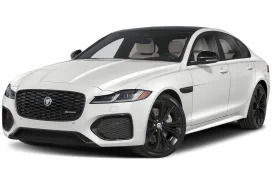
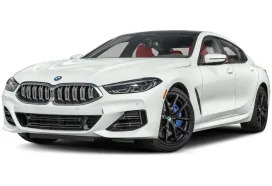
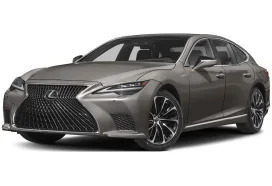

Sign in to post
Please sign in to leave a comment.
Continue